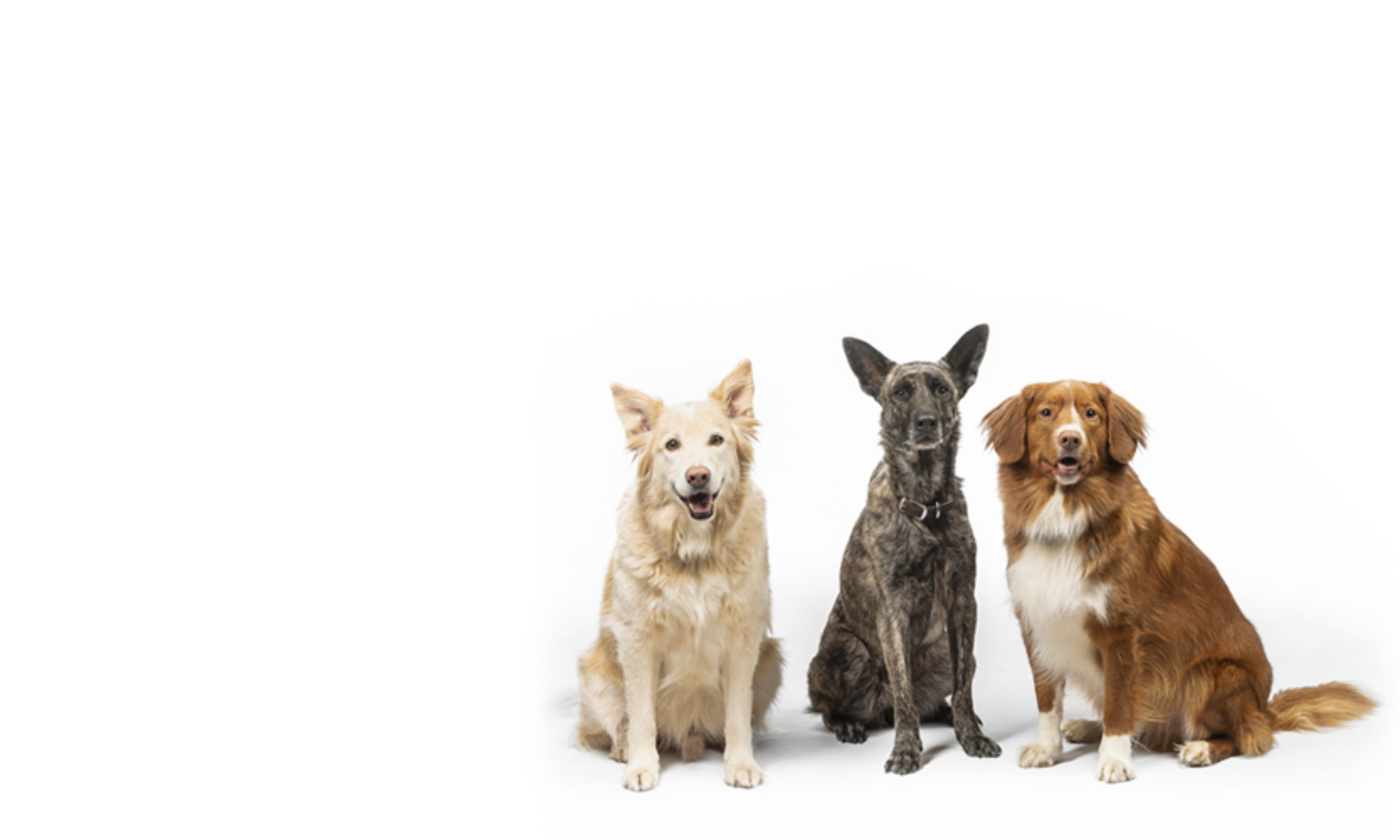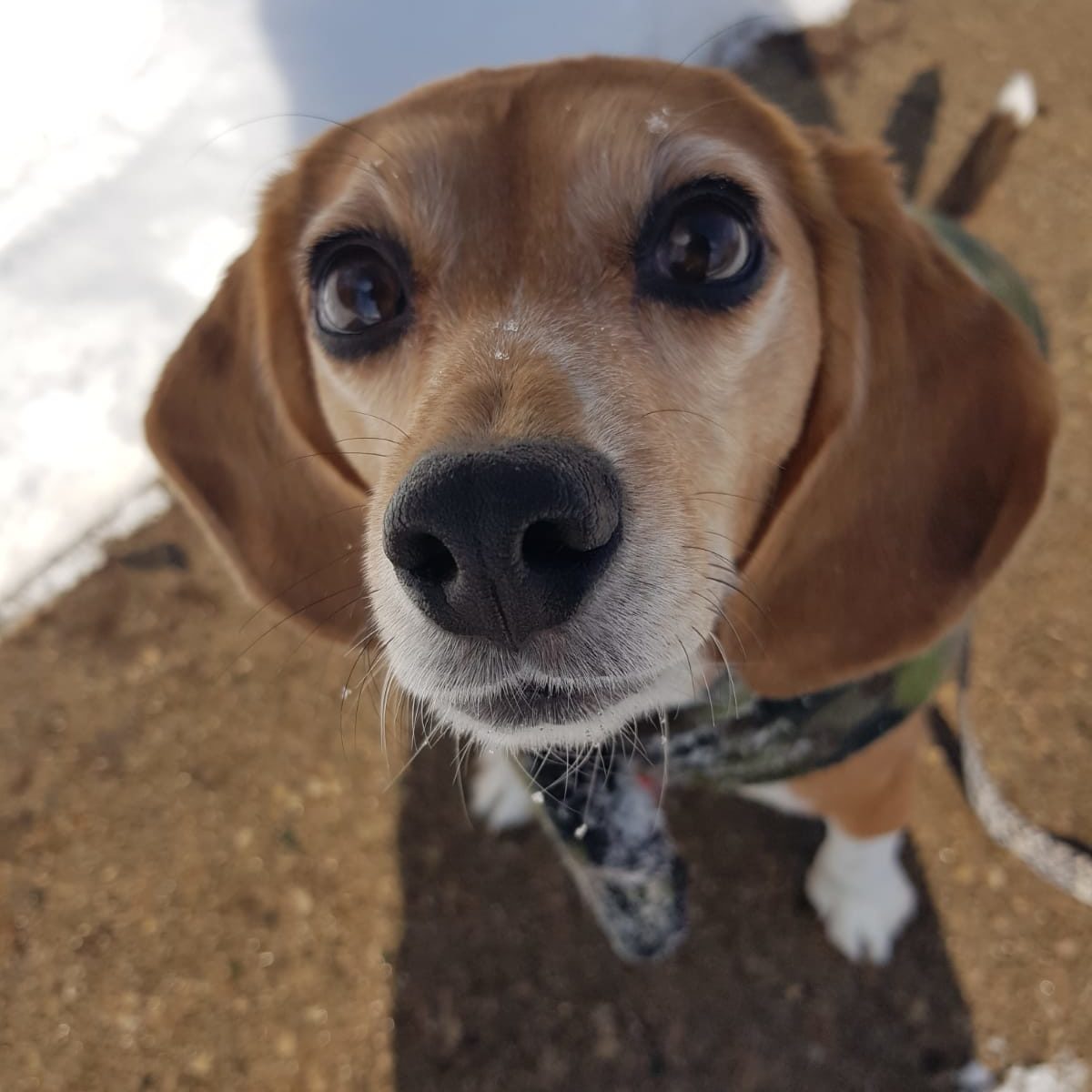Putting It All Together!
Once you have started training your dog to engage and focus on you during your walks, you can really start to tackle the moments in which your dog pulls!
Up until now we have encouraged you to work on engagement and capturing your dog’s focus during specific and short ‘training walks’. The premise of this is to introduce an incompatible behaviour to pulling. Instead of waiting for them to pull and becoming frustrated with their inattention, we advocated for a proactive training plan that works on gaining their focus and engagement quickly.

To be successful in these training sessions, structuring your walk in a specific way is helpful so that your dog does not become reinforced by their environment – which can be in the form of any smells, sights and other dogs that they may pull towards. This means that some walks during this process may solely be focused on teaching behaviours and rewarding your dog’s good choices.
An example?
If you are walking your dog and they pull you towards a tree, gaining their focus by saying their name, and moving in the other direction for a few steps will help your dog ‘snap out of it’ and redirect their focus upon you. This momentum gives your dog the opportunity to re-engage with you and offer you a behaviour you find more appealing such as eye contact, and a loose lead. Once they offer it to you, you can easily facilitate a reward through ‘sniffing’ the area they were curious of in the first place (such as a fire hydrant or a tree).
Practicing this can be tricky, which is why we have created a little drill for you to try below in our video! If you are missing pylons feel free to use any visual landmark for your dog. Trees, flowerpots, chairs or benches in parks are great options and you can make the drill as easy or as challenging as you like!
For beginners, a straight line may be best to start with and for more advanced dogs you may want a zig-zag or attempt a similar pattern in the video.
If you have practiced focus and engagement with your dog, they should find this exercise fun, and not overly challenging in a semi-familiar environment. If you have not practiced and find this very challenging, we would recommend you go back to those previous drills for capturing focus and engagement and build up your dog’s capacity to look at you on a walk.
The premise is simple: If your dog is capable of looking at you and checking in with you, then you should have a fail safe mechanism to get your dog away from pulling you left right and centre on a walk!
By practicing this set up on your outings, you set your dog and yourself up for success in multiple ways. Firstly, you start to teach your dog that pulling you towards things no longer works for them. They must ‘check in with you’ first. Second, you begin to ask for a series of behaviours consistently – focus, check ins and eye contact are helpful tools in training and the more you practice, the more your dog will understand they are a requirement of ‘outdoor’ time rather than an option. Finally, you start to change your own behaviour so that your dog succeeds. You start to bring hot dogs in your pockets, or a small treat pouch. You start to be consistent about walking and perhaps you start to enjoy it more because your dog is a little bit more manageable than a week ago, and you can see steady progress.

Ultimately, we want them to have access to the world through calm behaviours, and we want to enjoy our walks – but the only way to get there is to be consistent, realistic and follow a solid training plan.
Happy Training!

